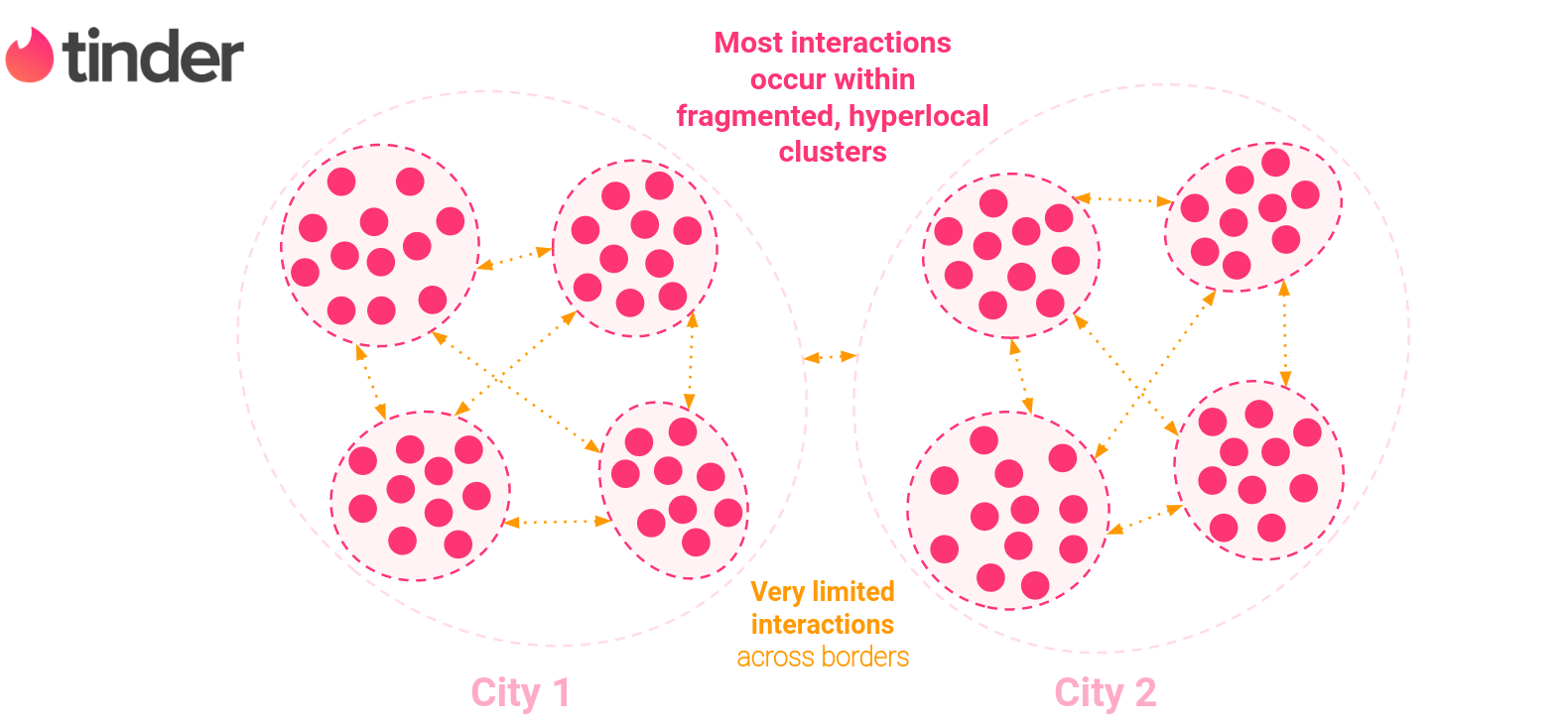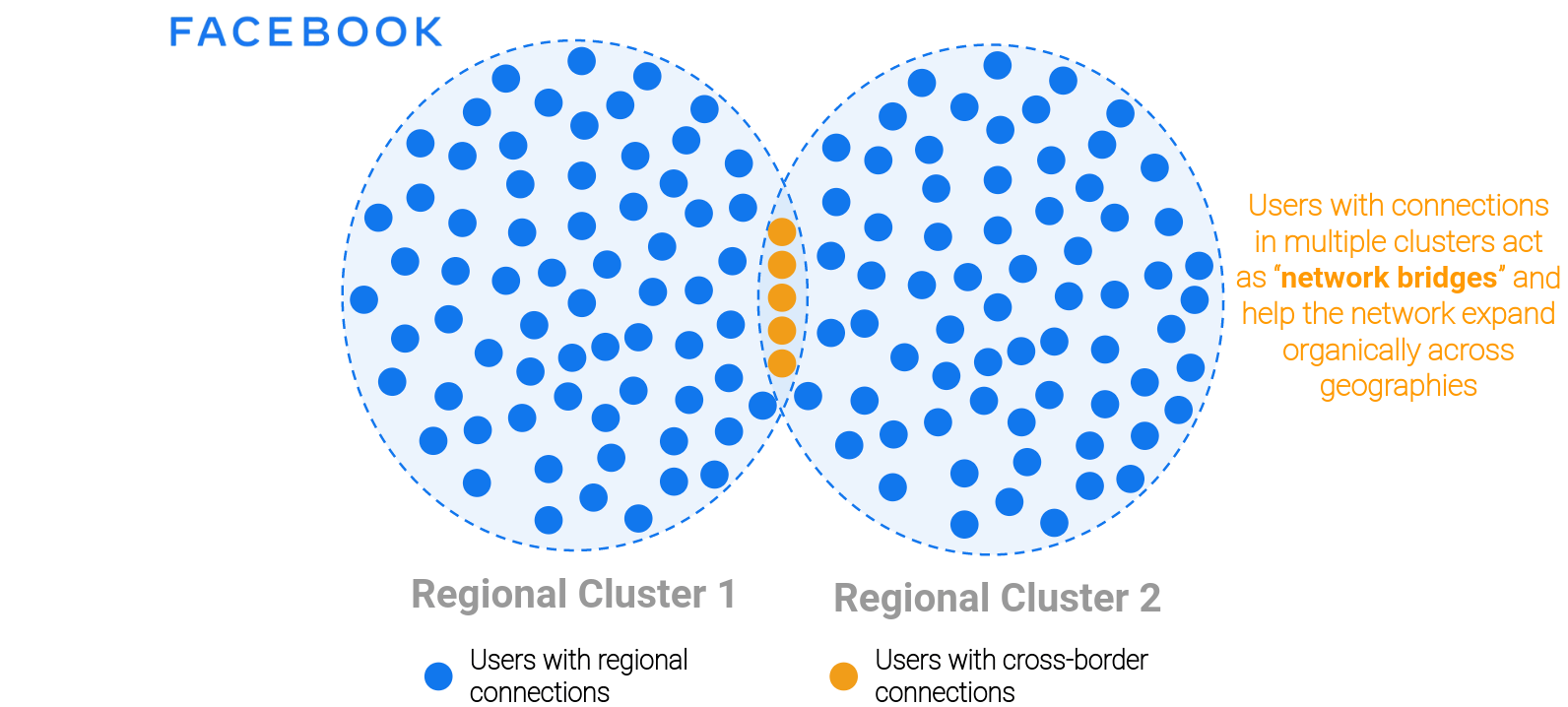
Why network bridges and unique user identity are critical to building successful network-based startups
The Network Matrix: Bridges & Identity
As I explained in my last post, the “marketplace matrix” is a great framework to get a quick understanding of the strengths and weaknesses of marketplace startups. Combining both defensibility and scalability of unit economics gives us a more holistic, but not yet comprehensive, view of these businesses. Interestingly, the core tenets of this framework are not restricted to marketplaces and can be extended to interaction networks as well — networks that connect users and enable interactions between them, e.g. social networks, payment networks, etc. But extending this framework to interaction networks requires the introduction of new concepts. I’ll explain these by looking at some well-known names in the social media space, and then extend these ideas to other network-based business in far-flung spaces, from payments to online gaming.

As we saw when we studied Uber, dating apps like Tinder and neighborhood social networks like Nextdoor are hyperlocal, i.e. the addition of a new user makes the network more valuable for all users within a small geographic area (Tinder for travelers is an edge case). For example, when Tinder acquires a female user in West London looking for male matches, it makes it easier to organically attract (no pun intended) users with corresponding preferences in West London. Tinder requires new user acquisition investments when expanding to another geography, creating discrete network clusters with very few links or bridges between them. This makes their unit economics less scalable as they cannot leverage existing users to organically attract new users in new geographies (or at least not at scale).
Some networks (both social and content-based) exhibit cross-border network effects, like those seen in marketplaces like Airbnb. For example, the addition of a creator within a specific niche on YouTube or Twitter (e.g. a technology influencer), makes them valuable for all consumers interested in that niche across borders. Even when niches are localized (e.g. Brexit influencers in the UK), network effects extend across the region and are not structurally restricted to a small geographic radius. True social networks like Facebook that are built on users’ real-world social graphs also exhibit cross-border network effects, but with a “bridged” network structure.

The addition of a Facebook user in the United States does not automatically make the social network more valuable to a user in India. This is because social circles are concentrated by geographic location and people are far more likely to know others around them. However, some people also tend to travel and relocate, resulting in more distant connections. This creates a structure of overlapping social clusters, i.e. most of the people we know are in the same location as us, but some live further away. Users with dispersed connections act as “network bridges” and can help the network organically expand from one region to another.
This was a key reason why Facebook scaled so rapidly despite starting in a close-knit and co-located community, i.e. Harvard University. Harvard students come from all over the world and have pre-existing connections in their hometowns in the U.S. or home countries overseas. Gaining traction in this community made it easier for Facebook to organically attract new users when it expanded to other universities, cities, and countries. The presence of these “network bridges” is critical to scaling across geographic boundaries.